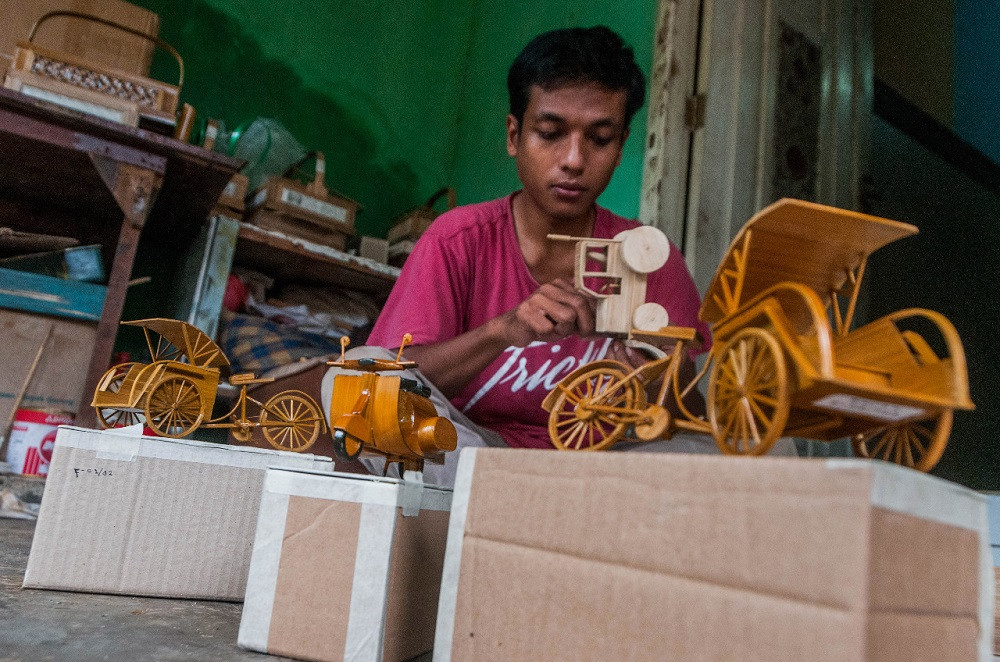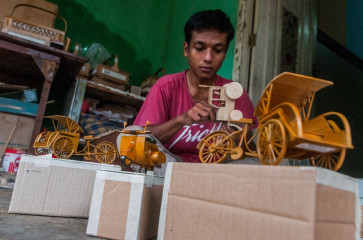Popular Reads
Top Results
Can't find what you're looking for?
View all search resultsPopular Reads
Top Results
Can't find what you're looking for?
View all search resultsThe role of regional development banks in driving economic growth
Countries trapped in middle-income often have inefficient institutions, such as weak law enforcement, corruption, and poor public administration.
Change text size
Gift Premium Articles
to Anyone
T
he vision of Indonesia Emas (Golden Indonesia) 2045, aimed at elevating the country to an advanced nation with a high per capita income, comes with prerequisites. One primary condition is for Indonesia to successfully escape from the middle-income trap.
Presently, Indonesia is classified as an upper-middle-income country with gross domestic product per capita of US$4,788 in 2022. While the per capita income has steadily grown in recent years, it remains below the levels of advanced nations, whose GDP per capita amounts to at least $13,845.
To avoid the middle-income trap, Indonesia must overcome the challenges that have hindered its progression within the middle-income bracket.
The middle-income trap refers to a situation where a country's per capita income hits a certain level but then plateaus, failing to reach the level of advanced nation. This can occur for various reasons.
First, inefficient institutions. Countries trapped in middle-income often have inefficient institutions, such as weak law enforcement, corruption and poor public administration. These institutions can impede business operations and development, hampering economic growth.
Second, lack of innovation. Countries in the middle-income trap often lack the innovation and creativity required to advance to high-income status. Factors like insufficient investment in research and development or risk-averse cultures contribute to this.
Third, limited market access. Countries stuck in the middle-income trap often face limited access to both domestic and international markets. This difficulty in selling products and services can inhibit economic growth.



















